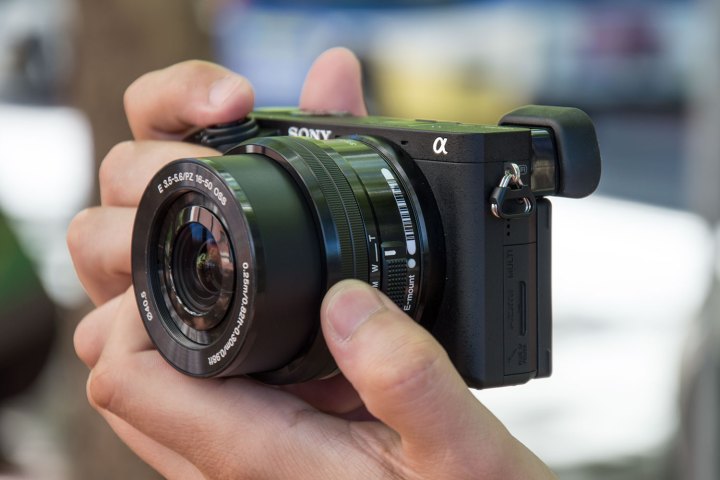
Metabones offers a line of Smart Adapters and Speed Boosters than have electronic contacts to facilitate communication between Canon autofocus lenses and Sony bodies. Until now, however, the adapters enabled only a limited amount of functionality.
A firmware update for Metabones adapters adds support for Sony’s advanced AF modes, including Eye-AF and DMF (direct manual focus). Eye-AF can lock on and track a subject’s eyes, while DMF allows for manual focus micro adjustments after autofocus locks in. As reported by DPReview, Metabones joins only Sigma in making a lens adapter that promises this kind of native compatibility.
However, and also like the Sigma, real-world performance seems to be somewhat lacking. By the company’s own admission, there are a number of issues yet to be worked out, not the least of which is focus speed. In a press release, Metabones warned that native AF mode performance may actually be slower compared to the standard “Green” mode phase-detect autofocus. In DPReview’s initial testing, they found native AF with Canon lenses to be of limited use, with phase detection only working in a small central area.
Still, the fact that Metabones is able to achieve as much as it has with its adapters is rather impressive. While Sony doesn’t seem to mind photographers using other brands of lenses on their cameras, they haven’t exactly taken much effort to make the process easier. And Canon, of course, probably hates the idea that it’s possible to use their lenses on Sony bodies at all, as such compatibility removes the largest obstacle a photographer faces when deciding whether to switch systems.
The Metabones firmware update can be downloaded from the company’s website.



